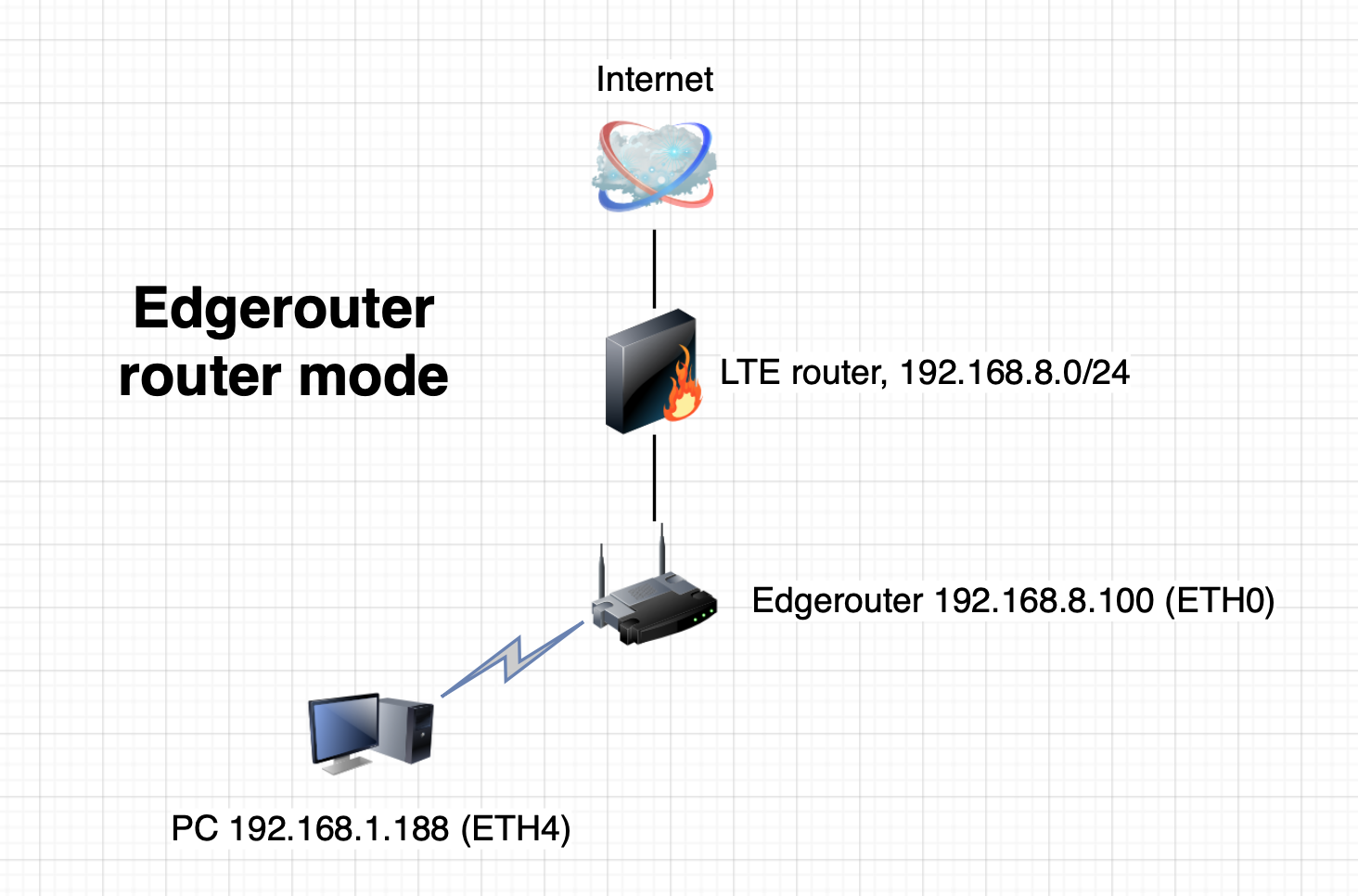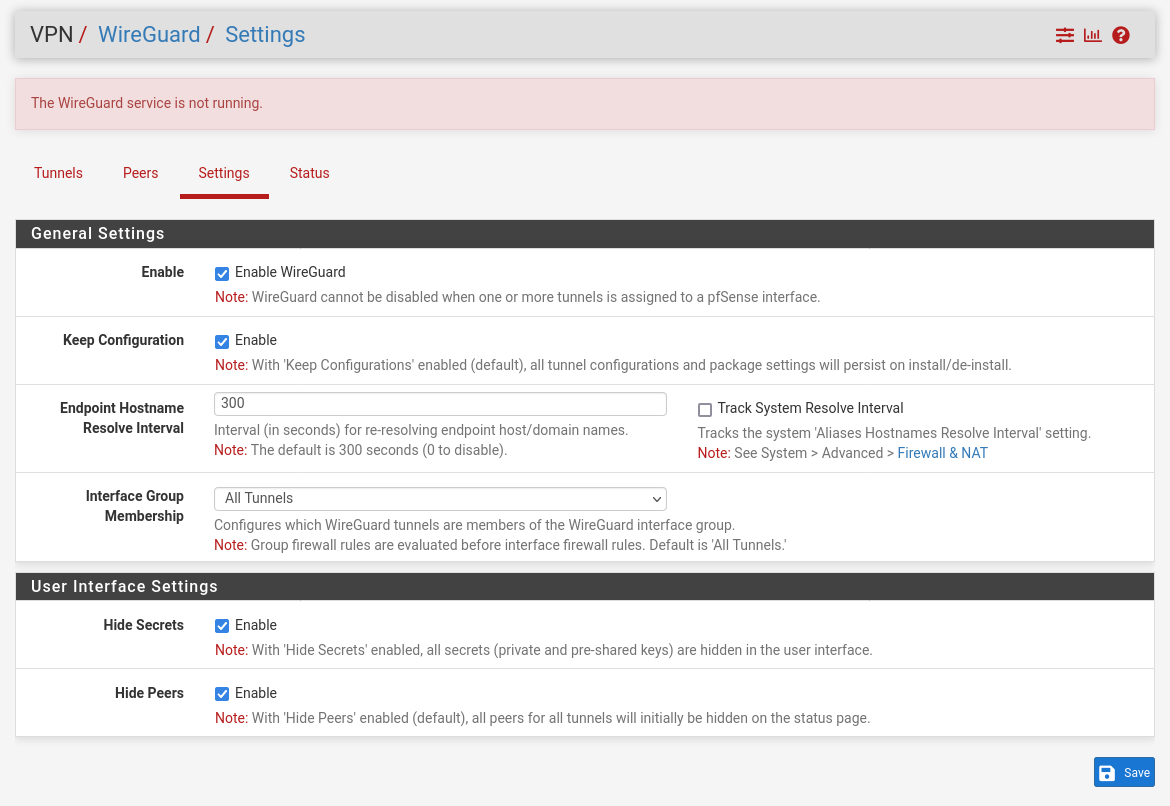


To achieve c), I had to rely on a VPS with a faster connection and split the tunneling between Mullvad and my home. However, my cable internet provider's anemic upload speeds translate into a low download speed when connected to my home router remotely. Needs a) and b) would be easily achieved with a WireGuard server and a client running on my home router (OPNsense), which I already have. on public wifi at a hotel or a coffeeshop). The setup showcased in this article was born out of my specific need to a) tunnel my outgoing connections through a VPN provider like Mullvad for privacy, b) have access to my homelab, and c) maintain as fast of a connection as possible, while on the go (ie. In this article, we will showcase a more complex setup utilizing multiple WireGuard containers on a VPS to achieve split tunneling so we can send outgoing connections through a commercial VPN while maintaining access to homelab when remote.

We previously showcased several ways to route host and container traffic through our WireGuard docker container in a prior blog article. WireGuard at this point needs no introduction as it became quite ubiquitous especially within the homelab community due to its ease of use and high performance.


 0 kommentar(er)
0 kommentar(er)
